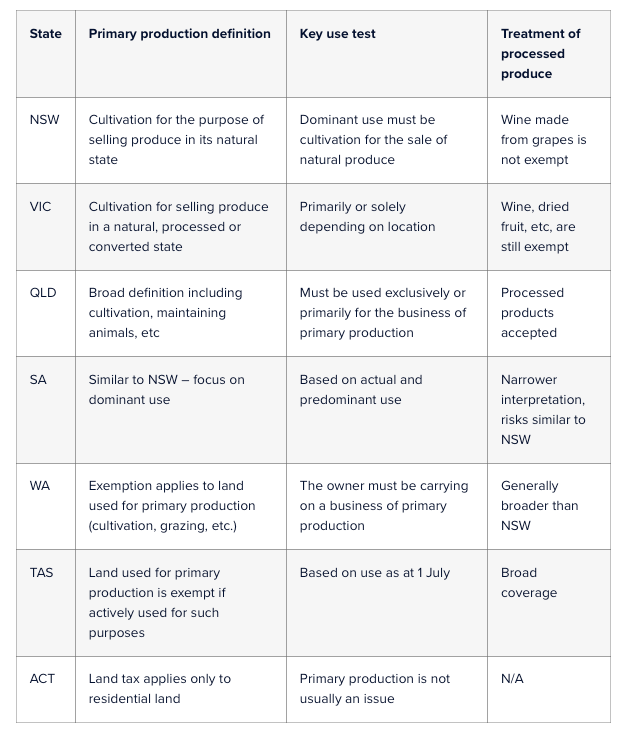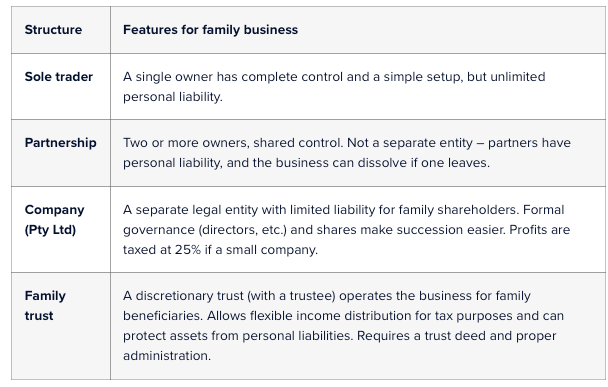COVID-19 Job Keeper Scheme Updates 08/04/2020
Ian Campbell • 20 April 2020
What is the JobKeeper scheme?
The JobKeeper scheme will help employers who qualify for the JobKeeper scheme retain staff during the downturn caused by the Coronavirus pandemic and support business recovery when conditions improve.
JobKeeper payments are payable to qualifying employers for a maximum of 13 fortnights in respect of each eligible employee on their books on 1 March 2020 who is retained by the employer.
Qualifying employers will receive a payment (fortnightly in arrears) of $1,500 per fortnight for each eligible employee.
Summary of the Job Keeper terms and conditions
Changes to the Fair Work Act 2009 will temporarily enable employers whom qualify for the JobKeeper allowance to have increased flexibility around employees’ hours of work. The flexibility will enable, stand down direction, performance of duties within the employees’ scope and capabilities and location of work. There will also be changes to increase the flexibility around annual leave and days and times at work.
There also obligations on the employer when implementing the above changes and they are:
- an employer must consult the employee (or a representative of the employee) before giving a direction;
- directions must (among other things) not be unreasonable in all of the circumstances, and directions in relation to duties to be performed by an employee or their location of work must be supported by an employer’s reasonable belief this is necessary for the continued employment of one or more employees of the employer.
Stand Down provisions under JobKeeper are different the normal stand down provisions of the Fair Work Act 2009 and are as follows:
The employee cannot be usefully employed for their normal days or hours during the JobKeeper enabling stand down period because of changes to business attributable to the Coronavirus pandemic or government initiatives to slow Coronavirus transmission, and
it can be implemented safely, having regard (without limitation) to the nature and spread of Coronavirus).
Changes to business could include, for example, less patronage and the closing of stores. This one is of significance as previously you could not stand down due to a downturn in business.
Normally only 3 days’ notice needs to be given to the employee for the changes (after you have consulted with the employee) to take place and ensure a written record is kept off the consultation and direction.
The Fair Work Commission will be able to resolve disputes, including by arbitration.
What are my payment Obligations under JobKeeper?
As an Employer you have an obligation to ensure that you meet the JobKeeper payment obligations to your employees, through ensuring the payments are made fortnightly and if the employee has performed greater hours then the JobKeeper payment covers then they must be remunerated accordingly.
If you stand down an employee as part of the JobKeeper stand down provisions you cannot reduce the employees’ hourly rate of pay, they were receiving prior to JobKeeper.
What if my employee is on paid leave during the JobKeeper period?
A JobKeeper enabling stand down direction does not apply while an employee is taking paid or unpaid leave authorised by the employer (for example, annual leave), or is otherwise authorised to be absent (for example, on a public holiday).
How does leave accumulate during the JobKeeper period?
An employee who is subject to a JobKeeper enabling stand down direction accrues leave entitlements as if the direction had not been given, and any entitlements to redundancy pay and payment in lieu of notice of termination are to be calculated as if the direction had not been given. Normal leave accruals apply.
One important point to remember that these provisions only apply if you are receiving JobKeeper payment for your employees.
These amendments are time-limited and will automatically be repealed on 28 September 2020.
TI scams in Australia: how to spot them and stay safe

Land tax in Australia: exemptions, tips and lessons Land tax is one of those quiet state-based taxes that does not grab headlines like income tax or GST, but impacts property owners once thresholds are crossed. It applies when the unimproved value of land exceeds a certain amount, which differs from state to state. Principal places of residence are usually exempt, but investment properties, commercial holdings, and certain rural blocks may be subject to taxation. For individuals and small businesses, land tax is worth paying attention to because exemptions can make the difference between a manageable annual bill and a nasty surprise. A recent case in New South Wales (Zonadi case ) has sharpened the focus on when land used for cultivation qualifies for the primary production exemption. The lessons are timely for farmers, winegrowers and anyone with mixed-use rural land. The basics of land tax Each state and territory (except the Northern Territory) imposes land tax. Key features include: Assessment date : Usually determined at midnight on 31 December of the preceding year (for example, the 2026 assessment is based on ownership and use as at 31 December 2025). Thresholds : Vary across jurisdictions. For example, in 2025, the NSW threshold is $1,075,000, while in Victoria it is $300,000. Exemptions : Principal place of residence, primary production land, land owned by charities and specific concessional categories. Rates : Progressive, with higher landholdings paying higher rates. Unlike council rates, which fund local services, land tax is a revenue measure for states. It is payable annually and calculated on the total taxable value of landholdings. Primary production exemption Most states exempt land used for primary production from land tax. The policy aim is precise: farmers should not be burdened with land tax when using their land to produce food, fibre or similar goods. However, the details of what constitutes primary production vary. Qualifying uses generally include: cultivation (growing crops or horticulture) maintaining animals (grazing, dairying, poultry, etc.) commercial fishing and aquaculture beekeeping Sounds straightforward, but the catch is in how the land is used and for what purpose. Lessons from the Zonadi case The Zonadi case involved an 11-hectare vineyard in the Hunter Valley. The land was used for: 4.2ha of vines producing wine grapes a cellar door and wine storage area a residence and tourist accommodation some trees, paddocks and access ways During five land tax years in dispute, the taxpayer sold some grapes directly but used most of the crop to make wine off-site, which was then sold through the cellar door. Income was derived from grape sales, wine sales and tourist accommodation. The NSW Tribunal had to decide whether the land’s dominant use was cultivation for the purpose of selling the produce of that cultivation (a requirement under section 10AA of the NSW Land Tax Management Act). The outcome was a blow for the taxpayer. The Tribunal said: Growing grapes was indeed a form of cultivation and amounted to primary production. But cultivation for the purpose of making wine did not qualify, because the exemption only applies where the produce is sold in its natural state. Wine is a converted product, not the product of cultivation. Although some grapes were sold directly, the bulk of the financial gain came from wine sales. Therefore, the dominant use of the land was cultivation to make and sell wine, which is not exempt. The exemption was denied, and the taxpayer was left with a land tax bill. Why this matters For small businesses, especially those that combine farming with value-adding activities such as processing or tourism, the case serves as a warning. The line between primary production and secondary production can determine whether a land tax exemption applies. If most income comes from a cellar door, farmstay, or product manufacturing, the exemption may be at risk, even though cultivation is occurring on the land. Different rules in Victoria Victoria takes a broader view. It defines primary production to include cultivation for the purpose of selling the produce in a natural, processed or converted state. In other words, grapes sold for wine production would still be considered primary production. The only further hurdle is the “use test”, which depends on location: outside Greater Melbourne: land must be used primarily for primary production within urban zones: land must be used solely or mainly for the business of primary production Had Zonadi been in Victoria, the outcome could have been very different. The vineyard would likely have been exempt from this requirement. State-based comparisons Here’s a snapshot of how land tax treatment differs across states when it comes to cultivation and primary production:

